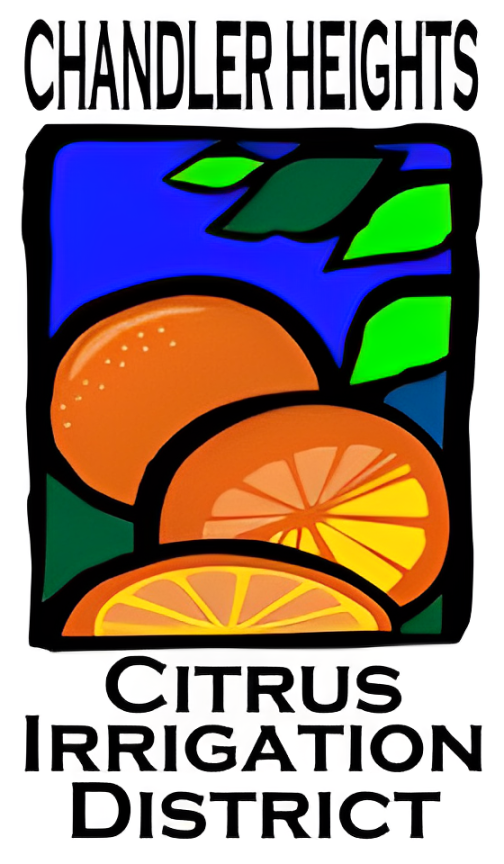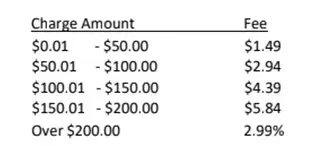FAQ
FAQ (Frequently Asked Questions)
This page is updated as needed.
Domestic Water
Payment must be received by 2:00 p.m. on the 20th of the month. There is no grace period. There is a drop box outside the office if delivering a payment in person after office hours. If the 20th falls on a weekend, payment must be received by 8:00 am on Monday. Payment penalties are applied to accounts as of 8:00 am the 21st or following business day (i.e. if on a weekend, 8:00 am Monday morning).
Irrigation
Water is pumped from our wells located around the District to pipes that run underground to your property. Water is scheduled every week, alternating weeks between north and south sides of San Tan Blvd. You must establish a water account separate from your domestic account with the office. Irrigation water is purchased in advance, and water is scheduled according to where water is ordered and how much is ordered. You can sign up on the board outside the office if you have funds in your irrigation account or purchase on-line through this website. You must make payment and sign up for irrigation by 9:00am Monday (of your north or south side week) in order to receive irrigation that week. Requests for irrigation close promptly at 9:00 am. The Zanjero takes the requests at 9:00am and creates a schedule based on where he needs to deliver water. This process is done every single week, and is published by 1:00 pm Tuesday each week. The schedule is posted on this website and on the board outside the office. You will not be notified of your irrigation time, you are responsible to look on the website or board outside the office to find out when you are scheduled to receive water. Irrigation typically begins on Wednesday and runs through Sunday, depending on the orders received that week. During the summer months when demand is highest, irrigation may start on Tuesday in order to meet the needs of our residents. Conversely, during winter months if there is not enough demand to support starting the pumps, water for the week may be cancelled at the discretion of the Zanjero.
You are responsible to accept water at the time assigned to you. It is imperative that you open and close your risers on time so that you do not take water that someone else has paid for. You may not close your risers early – it may cause standpipes to over flow and flood roadways, or might damage underground pipes. If you have too much water, ask a neighbor if they can take some of your water or open early.
General Questions
As a public utility like SRP or Century Link, CHCID has easements across parcels where we have domestic or irrigation lines underground. When either a planned or emergency water line repair requires us to excavate in our easement, every effort is made to disrupt both water service and the area excavated AS LITTLE AS POSSIBLE. If there is an easement on your property, it is your responsibility to maintain the area and allow CHCID employees unfettered access to the easement. Keeping utility easements clear helps us perform routine maintenance (e.g. repair a pipe), construct improvement projects (e.g. replace pipe where water needs increase due to construction), and repair water lines during emergencies.
An obstruction (such as a fence) in the way lengthens water outage or interruption by requiring CHCID to move obstructions out of the way. The damage caused by moving an object out of the way or removing a fence is not CHCID’s responsibility. CHCID, by the rights of the easement, has the power to do what it takes to maintain the utility.
By law, utilities such as CHCID have the right to mark utility locations in a discrete, non-obtrusive manner, within the boundaries of the utility easement. The type, color and location of these markings are regulated under state law.
Although CHCID makes every effort to limit damage to landscaping, fencing or ground cover (such as gravel, plants or grass), all damages located within the boundaries of the utility easement are the responsibility of the land-owner.

